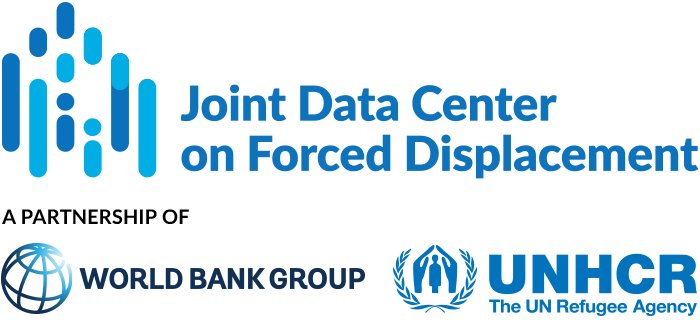This article investigates the mental health of Syrian refugees in Jordan and identifies the sociodemographic factors associated with mental distress. An estimated 1.4 million Syrian refugees live in Jordan.
JDC Literature Review
The Making of a “Lost Generation”: Child Labor among Syrian Refugees in Turkey
This paper examines the factors contributing to child labor among Syrian refugees in Turkey. By the end of 2018, Turkey hosted 3.6 million Syrian refugees, including 1.6 million children under the age of 18, of which 1.1 million were of school age (5–17 years).
School violence, depression symptoms, and school climate: a cross-sectional study of Congolese and Burundian refugee children
This paper examines the factors contributing to school-based violence and depressive symptoms among refugee students in the Nyarugusu Refugee Camp in Tanzania.
Mass involuntary migration and educational attainment
This paper investigates the impact of large-scale forced migration on educational attainment, specifically focusing on individuals who were of school-going age during the 1947 partition of India and Pakistan. Within four years of the partition, an estimated 14.5 million people were forcibly displaced across the newly created borders
Risk factors associated with Rohingya refugee girls’ education in Bangladesh: A multilevel analysis of survey data
This paper investigates the factors associated with Rohingya girls’ likelihood of attending temporary learning centers (LCs) in refugee camps in Cox’s Bazar, Bangladesh. Cox’s Bazar hosts nearly one million Rohingya refugees from Myanmar.
Predictors of Literacy and Attitudes Toward Reading Among Syrian Refugee Children in Jordan
This paper examines the factors associated with literacy and attitudes toward reading among Syrian refugee children in Jordan.
Family planning knowledge, attitude and practice among Rohingya women living in refugee camps in Bangladesh: a cross-sectional study
This article assesses the knowledge, attitude, and practice (KAP) of family planning and associated factors among Rohingya women living in refugee camps in Bangladesh.
Refugees and the education of host populations: Evidence from the Syrian inflow to Jordan
This paper examines the effect of Syrian refugees on the educational outcomes of Jordanian students. The focus is on the period after the mass arrival of Syrian refugees in Jordan, which began in early 2013. The government of Jordan allowed most school-age Syrians to attend public schools, resulting in Syrian students comprising approximately 7 percent of the total population in Jordanian public schools.
Prevalence and associated factors of common mental disorders among internally displaced people by armed conflict in Cabo Delgado, Mozambique: a cross-sectional community-based study
This study estimates the prevalence of post-traumatic stress disorder (PTSD), depression, and anxiety, and associated factors among armed conflict survivors in Cabo Delgado, in northern Mozambique. Mozambique hosts nearly 32,000 refugees and asylum-seekers, and more than one million IDPs displaced by violence perpetrated by non-state armed groups.
Dynamic Effects of Co-Ethnic Networks on Immigrants’ Economic Success
This paper estimates the causal effect of co-ethnic networks on the economic success of immigrants in Germany. The analysis draws on longitudinal data of immigrants in Germany from the IAB-SOEP Migration Sample, a yearly survey of immigrants in Germany beginning in 2013, for individuals who are linked to IEB (Integrierten Erwerbsbiografien), the German social security archive that includes information on immigrants’ labor market history after arrival in Germany.


